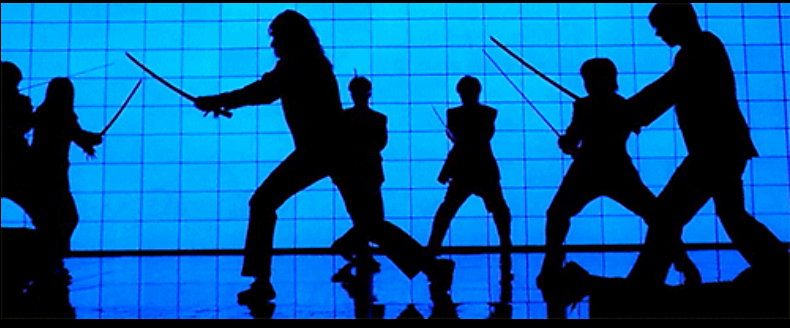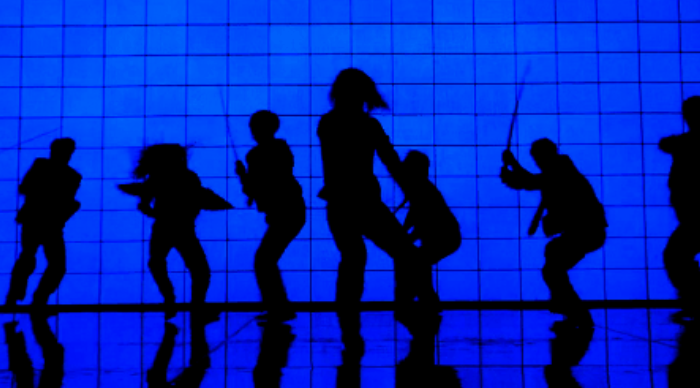
How do cooperation and competition co-exist in pickleball?
We’ll invariably have a variety of skill levels and experiences in the gym. There is legitimate magic when players at different stages of their journey drill together—in the right environment. It’s not particularly useful, for instance, to ask our more experienced players to rein in their precision and guile during COMPETITIVE drills. This is why coaches deliberately adjust the rotation for certain drills.
But for COOPERATIVE drills, we believe there is something to be learned from the ritualized sparring that takes place between partners in martial arts. In cooperative drills, the more confident partner will intuitively take on the roll of uchidachi. The less confident become shidachi. Uchidachi translates to “the striking/attacking sword.” Shidachi is “the serving sword” (or “the doing/receiving sword”).
Uchidachi controls the pace of the drill, performing each stroke with a precise intention, proper form, strong spirit. In these cooperative drills, uchidachi has the opportunity to demonstrate PERFECT strokes. Through flawless repetitions, we build mastery.
Depending how confident some of you feel in your role as uchidachi, you may even find yourself gently pointing out small cracks in the shidachi’s ready position or footwork. You might, for example, make a subtle gesture to your drill partner to “hold their paddle up” or to “cover middle” before the rep begins. You might also offer a playful lesson in the consequences of leaving, say, the right hip exposed, or an alley open up the line. (Emphasis on subtle…because nobody appreciates a know-it-all.)
The coaches might encourage some of you to dig even deeper into your role of uchidachi, finding ways to build the tension of real combat, while maintaining a concise and structured drill. It’s one thing to clearly see the way a point will end before it even begins. It’s another to visualize alternate combinations of shots that will lead to the same ending.
To emphasize, there is nuance to these roles. Please don’t ever hesitate to ask the coaches for advice. In one drill, you will find yourself in the role of uchidachi. But when we rotate partners, you might find yourself shidachi. With an equally experienced partner, you might even find yourselves deliberately reversing the roles through the course of a single rally, honing your understanding of balance. (Or in a drill with four players, adjusting the shape of your shot according to the ability of each player.)
If you’re the newer player (shidachi), and find yourself in drills with more experiencedplayers (uchidachi), take a deep breath before each repetition. It’s not a race. Watch the ball. Keep it simple. Don’t try to outsmart the drill. Remember, the experienced players are more impressed by your control than your power. Higher level players revere balance, calm, and poise. Also remember, nobody on the court, at any level, is impressed with wild backswings, or balls that end up in the net, or whacked into the court beside you. (Each of us are here for the highest quality repetitions—emphasis on repetitions—so please do your best to keep the ball in play during drills.)
The tension in our training comes from attempting to keep the ball in play while giving our partners challenging repetitions.
A 90 minutes session goes by quickly. Please arrive a few minutes early for the clinic, body prepared, mind focused on the session ahead. Maintain your focus through the hydration breaks. When other athletes in your training group ask questions, share their ideas, or help demonstrate a skill, please respect them with your full attention.
-CK
